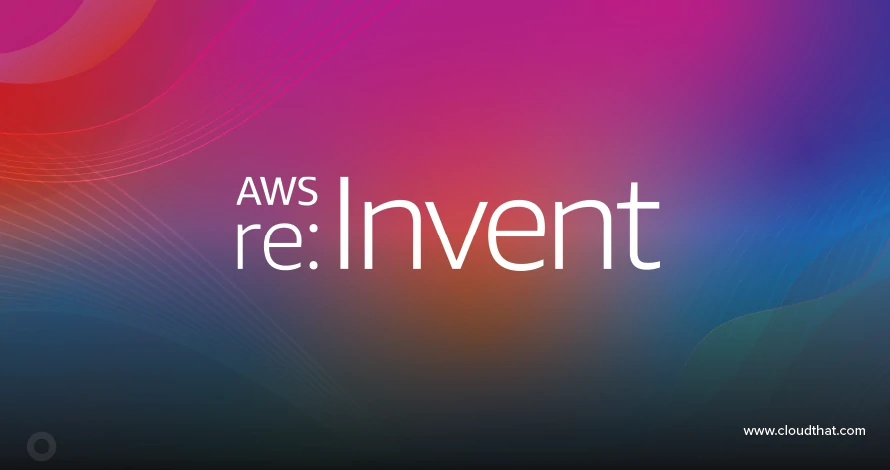|
Voiced by Amazon Polly |
Overview
In the evolving landscape of data engineering, businesses are constantly seeking solutions that simplify infrastructure management, improve scalability, and optimize costs while processing massive volumes of data. Amazon EMR Serverless stands out as a service that addresses these exact requirements, providing an on-demand, serverless runtime environment for running Apache Spark and Apache Hive applications at scale without the need to manage cluster infrastructure.
This blog will delve into what Amazon EMR Serverless is, how it works, its key advantages, and how it differs from traditional Amazon EMR on Amazon EC2, making it an excellent choice for modern cloud-native data workloads.
Pioneers in Cloud Consulting & Migration Services
- Reduced infrastructural costs
- Accelerated application deployment
Amazon EMR Serverless
Amazon EMR Serverless is a serverless option within Amazon EMR (Elastic MapReduce) that allows users to run data processing applications using popular open-source frameworks like Apache Spark and Apache Hive, without configuring, optimizing, or managing any servers or clusters. Instead of provisioning EC2 instances or manually scaling cluster resources, Amazon EMR Serverless automatically provisions and scales the compute and memory resources needed to process data.
It is designed to handle workloads of any size, whether occasional, unpredictable, or continuous, with a pay-as-you-use pricing model based on the jobs’ actual compute and memory resources consumed.
How Amazon EMR Serverless Works?
At the core of Amazon EMR Serverless is the concept of an Amazon EMR Application. This application defines the runtime environment, including the framework version (such as Apache Spark 3.3.0 or Apache Hive 3.1.3), application-specific configurations, and networking details.
Once an application is created, users can submit jobs via the AWS Management Console, AWS CLI (Command Line Interface), AWS SDKs, or the EMR API. Amazon EMR Serverless dynamically provides the necessary compute and memory capacity, based on job requirements.
Key components involved in the workflow:
- Application Definition: Specifies the framework, configurations, and network settings.
- Job Submission: A job request that defines the script or SQL file, entry point, and arguments.
- Dynamic Resource Allocation: Automatically provisions the resources needed to run the job.
- Job Monitoring: Provides visibility into job status, resource utilization, and logs via Amazon CloudWatch and Amazon S3.
Key Benefits of Amazon EMR Serverless
- No Infrastructure Management
There’s no need to provision, configure, or scale clusters. Amazon EMR Serverless handles all infrastructure concerns, allowing data engineers and scientists to focus on application logic and data analysis.
- Automatic Scaling
Amazon EMR Serverless can dynamically scale resources up or down based on the workload’s demands, ensuring optimal performance without over-provisioning or under-utilizing resources.
- Cost-Effective, Pay-As-You-Go Model
With Amazon EMR Serverless, you only pay for the actual compute and memory resources your job uses, measured in vCPU-seconds and GB-seconds, respectively. No charges apply when no jobs are running.
- Flexible Job Submission
You can submit jobs through multiple interfaces, including the AWS Console, CLI, SDKs, or APIs, enabling seamless integration with existing data pipelines and applications.
- Integrated Security and Monitoring
Security is integrated using AWS Identity and Access Management (IAM) for fine-grained permissions, while Amazon CloudWatch provides detailed logs and metrics. If needed, jobs can access data from Amazon S3, Amazon DynamoDB, or Amazon RDS, using private Amazon VPC (Virtual Private Cloud) configurations.
Amazon EMR Serverless vs. Amazon EMR on EC2

Amazon EMR Serverless is ideal for organizations looking to eliminate cluster management overhead and improve cost efficiency for sporadic, unpredictable, or continuous workloads, while Amazon EMR on Amazon EC2 remains suitable for complex, customized workloads requiring advanced control over infrastructure.
Use Cases for Amazon EMR Serverless
- Ad Hoc Analytics: Run one-off or periodic data analysis tasks without setting up clusters.
- ETL Pipelines: Process and transform large datasets before storing them in a data lake or data warehouse.
- Machine Learning Data Preparation: Prepare, clean, and aggregate large datasets before feeding them into ML models.
- Interactive Data Exploration: Integrate with interactive notebooks like Amazon SageMaker Studio or Zeppelin for exploratory data analysis.
Conclusion
For data engineers, scientists, and architects aiming to streamline big data workloads without compromising on flexibility or performance, Amazon EMR Serverless is a compelling choice within the AWS analytics ecosystem.
Drop a query if you have any questions regarding Amazon EMR Serverless and we will get back to you quickly.
Making IT Networks Enterprise-ready – Cloud Management Services
- Accelerated cloud migration
- End-to-end view of the cloud environment
About CloudThat
CloudThat is an award-winning company and the first in India to offer cloud training and consulting services worldwide. As a Microsoft Solutions Partner, AWS Advanced Tier Training Partner, and Google Cloud Platform Partner, CloudThat has empowered over 850,000 professionals through 600+ cloud certifications winning global recognition for its training excellence including 20 MCT Trainers in Microsoft’s Global Top 100 and an impressive 12 awards in the last 8 years. CloudThat specializes in Cloud Migration, Data Platforms, DevOps, IoT, and cutting-edge technologies like Gen AI & AI/ML. It has delivered over 500 consulting projects for 250+ organizations in 30+ countries as it continues to empower professionals and enterprises to thrive in the digital-first world.
FAQs
1. How does Amazon EMR Serverless pricing work?
ANS: – You pay only for the vCPU and memory resources consumed by your jobs, measured in vCPU-seconds and GB-seconds.
2. When should I use Amazon EMR Serverless over Amazon EMR on Amazon EC2?
ANS: – Use Amazon EMR Serverless when you want to avoid managing infrastructure and need automatic, on-demand scaling for variable or bursty data workloads.

WRITTEN BY Bineet Singh Kushwah
Bineet Singh Kushwah works as an Associate Architect at CloudThat. His work revolves around data engineering, analytics, and machine learning projects. He is passionate about providing analytical solutions for business problems and deriving insights to enhance productivity. In his quest to learn and work with recent technologies, he spends most of his time exploring upcoming data science trends and cloud platform services, staying up to date with the latest advancements.


 Login
Login


 May 15, 2025
May 15, 2025 PREV
PREV










Comments